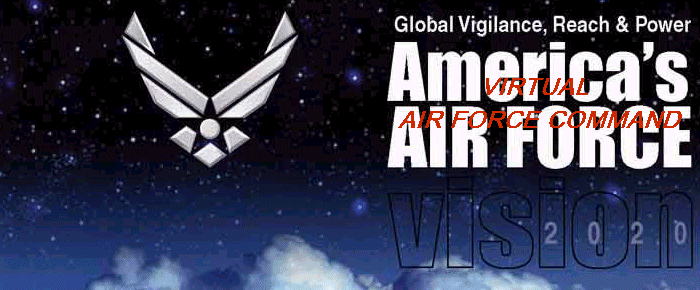
|
|
|
|
|
| FS98 Boeing C-32A FS98 U.S. Air Force C-32A |
||
The C-32A provides safe, comfortable and reliable transportation for our nation's
leaders to locations around the world. The primary customers are the vice president, using
the distinctive call sign "Air Force Two," the first lady, and members of the
Cabinet and Congress. The C-32 replaces the C-137 aircraft. Active-duty aircrews from the
1st Airlift Squadron, 89th Airlift Wing at Andrews Air Force Base, Md., fly the aircraft..
The C-32A is a specially configured version of the Boeing 757-200 commercial intercontinental airliner. The C-32A body is identical to that of the Boeing 757-200, but has different interior furnishings and 21st century avionics. The passenger cabin is divided into four sections:
| The forward area has a communications center, galley, lavatory and 10 business class seats. | |
| The second section is a fully enclosed stateroom for the use of the primary passenger. It includes a changing area, private lavatory, separate entertainment system, two first-class swivel seats and a convertible divan that seats three and folds out to a bed. | |
| The third section contains the conference and staff facility with eight business class seats. | |
| The rear section of the cabin contains general seating with 32 business-class seats,
galley, two lavatories and closets. |
Because the C-32A is a high-standing aircraft, it is easier to see under and around it -- an important security factor for protecting the plane and its passengers.
The C-32A is more fuel efficient and has improved capabilities over its C-137 predecessor. It can travel twice the distance on the same amount of fuel, and operate on shorter runways down to 5,000 feet (1,524 meters) in length. Its 92,000-pound (41,731 kilogram) fuel capacity allows the aircraft to travel 5,500 nautical miles unrefueled.
Heading the safety equipment list is the Traffic Collision Avoidance System that gives advance warning of possible air crashes. Other items include the future air navigation system with Global Positioning System and Flight Management System/Electronic Flight Instrument System.
Inside the C-32A, communications are paramount. The vice president, heads of state and other decision-makers can conduct business anywhere around the world using improved telephones, satellites, television monitors, facsimiles and copy machines. The C-32 has state-of-the-art avionics equipment.
The 89th Airlift Wing acquired the first of four aircraft in late June 1998.
Primary Function: High-priority personnel transport
Builder: Boeing Company
Power Plant: Two Pratt and Whitney 2040 engines
Thrust: 41,700 pounds static thrust each engine
Length: 155 feet, 3 inches (47.32 meters)
Height: 44 feet, 6 inches (11.02 meters)
Wingspan: 124 feet, 8 inches (37.99 meters)
Maximum Takeoff Weight: 255,000 pounds (115,668 kilograms)
Range: 5,500 nautical miles unrefueled range
Ceiling: 42,000 feet (12,727 meters)
Speed: 530 miles per hour (Mach 0.8)
Load: 45 passengers
Unit Cost: Unavailable
Crew: 16 (varies with mission)
Date Deployed: June 19, 1998
Inventory: Active force, 4; ANG: 0; Reserve: 0
|
Send mail to VAFC Webmater
with questions or comments about this web site.
|